To More Inquiry
£69£85/
Per Person
The Atlas Mountains in Morocco are a stunning destination for trekking enthusiasts, offering diverse landscapes, traditional Berber villages, and breathtaking views. Here’s an overview of what you can expect:
Popular Treks in the Atlas Mountains
- Mount Toubkal Ascent:
- Duration: 2–3 days
- Highlights: Climbing the highest peak in North Africa (4,167 m), panoramic views of the High Atlas range.
- Best Time: April to October.
- Aït Bougmez Valley (Happy Valley):
- Duration: 4–6 days
- Highlights: Lush green valleys, traditional mud-brick villages, and friendly Berber culture.
- Best Time: Spring or autumn.
- M’Goun Massif:
- Duration: 6–8 days
- Highlights: Remote and less crowded, dramatic gorges, and scenic plateaus.
- Best Time: May to September.
- Toubkal Circuit:
- Duration: 7–10 days
- Highlights: A comprehensive loop around Mount Toubkal, exploring valleys like Imlil and Tacheddirt.
- Best Time: Late spring or early autumn.
- Jebel Sirwa Trek:
- Duration: 5–7 days
- Highlights: A mix of the High Atlas and Anti-Atlas ranges, known for its volcanic landscapes.
- Best Time: Spring or autumn.
Practical Information
- Difficulty: Treks range from moderate to challenging; some high-altitude routes require good fitness.
- Guides & Porters: Hiring local guides and muleteers is common and supports the local economy.
- Accommodation: Options include guesthouses, Berber homestays, and mountain refuges like Refuge Toubkal.
- Packing Tips:
- Comfortable hiking boots.
- Layers for temperature changes.
- Sun protection (hat, sunglasses, sunscreen).
- Lightweight sleeping bag (for multi-day treks).
How to Plan
- Best Time to Visit:
- Spring (March-May): Blooming valleys and pleasant weather.
- Autumn (September-November): Cooler temperatures and clear skies.
- Winter (December-February): Ideal for snow trekking on Toubkal with proper gear.
- Permits: Required for certain areas; local agencies can assist.
- Getting There: Most treks start from villages like Imlil, accessible from Marrakech.
Included and Excluded
- Ski Touring Involves Exploring Remote, Off-Piste Terrains Away From Ski Resorts.
- A Full-Body Workout Combining Skiing, Hiking, And Endurance.
- Engaging In Challenging Ascents And Thrilling Descents On Various Terrains.
- Enjoying Pristine Landscapes And Serene Natural Environments.
- Carrying Safety Gear (Avalanche Transceivers, Shovels, Probes) And Knowledge Of Rescue Procedures.
- Ski Touring Typically Avoids The Amenities And Maintained Slopes Found In Ski Resorts.
- It Steers Clear Of Crowded Slopes And Lift Systems.
- Ski Touring Often Involves More Challenging And Varied Terrains, Less Suitable For Beginners.
- In Case Of Emergencies, Immediate Assistance May Not Be Readily Available Compared To Ski Resorts.
- Unlike Ski Resorts, Conditions In Backcountry Areas Can Vary Significantly And May Not Be Groomed Or Controlled.
Highlights of the Tour
- Immersion In Breathtaking, Untouched Landscapes Away From Crowded Ski Resorts.
- Combining Endurance And Skill While Exploring Diverse Terrains.
- Accessing Pristine, Less-Traveled Areas For A Unique Adventure.
- Strengthening Camaraderie Among Fellow Skiers In A Shared Outdoor Experience.
- Accomplishing Challenging Ascents And Thrilling Descents In Natural Settings.
- Feeling The Elements And Connecting With The Mountains In A Profound Way.
- Experiencing The Freedom Of Traveling Through Snowy Wilderness On Skis.
Activities Plan
Location Map
Frequently Asked & Question
Ski touring is a form of skiing where participants travel across snow-covered terrain using skis. It often involves traversing backcountry or off-piste areas, away from ski resorts.
Essential equipment includes touring skis, bindings, climbing skins, poles, boots suitable for touring, safety gear (avalanche transceiver, shovel, probe), and appropriate clothing for variable weather conditions.
Ski touring involves ascending slopes using skins or other equipment, then descending using skis. It's more about the journey and exploring off-piste terrain than the controlled descents found in downhill skiing at resorts.
Ski touring involves inherent risks associated with backcountry travel, including avalanches, changing weather conditions, and navigation challenges. Proper education, avalanche safety training, and carrying necessary safety gear are crucial for safety.
While some ski touring routes can be suitable for beginners, having prior skiing experience, especially in different snow conditions, can be beneficial for safety and enjoyment.
Yes, many outdoor adventure companies offer guided ski touring trips led by experienced guides who can enhance safety, provide local knowledge, and help plan routes.
Ski touring demands physical fitness, including endurance and strength. Preparing with cardiovascular exercise, strength training, and skiing practice is recommended.
Having a well-thought-out emergency plan, including communication devices, knowledge of rescue procedures, and first aid skills, is vital. Always inform someone about your itinerary before heading out.
Reserve Your Activity
Secure your spot for an unforgettable nature adventure now!
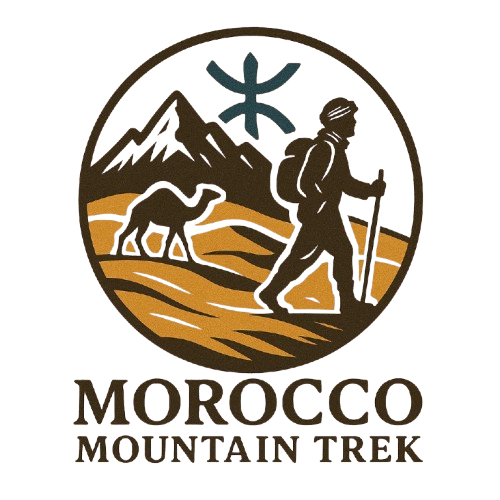
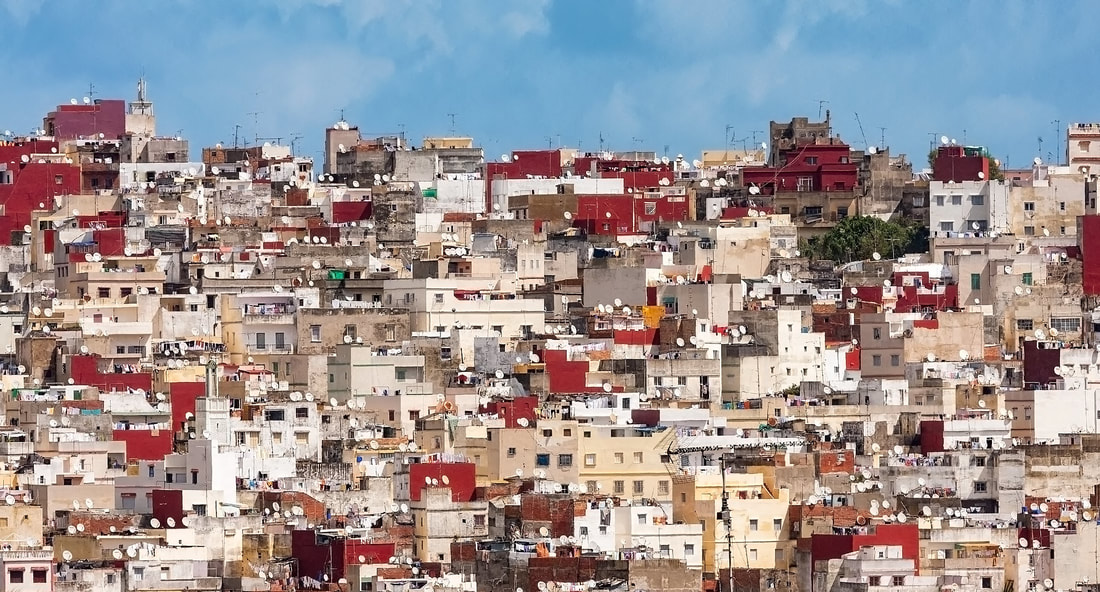
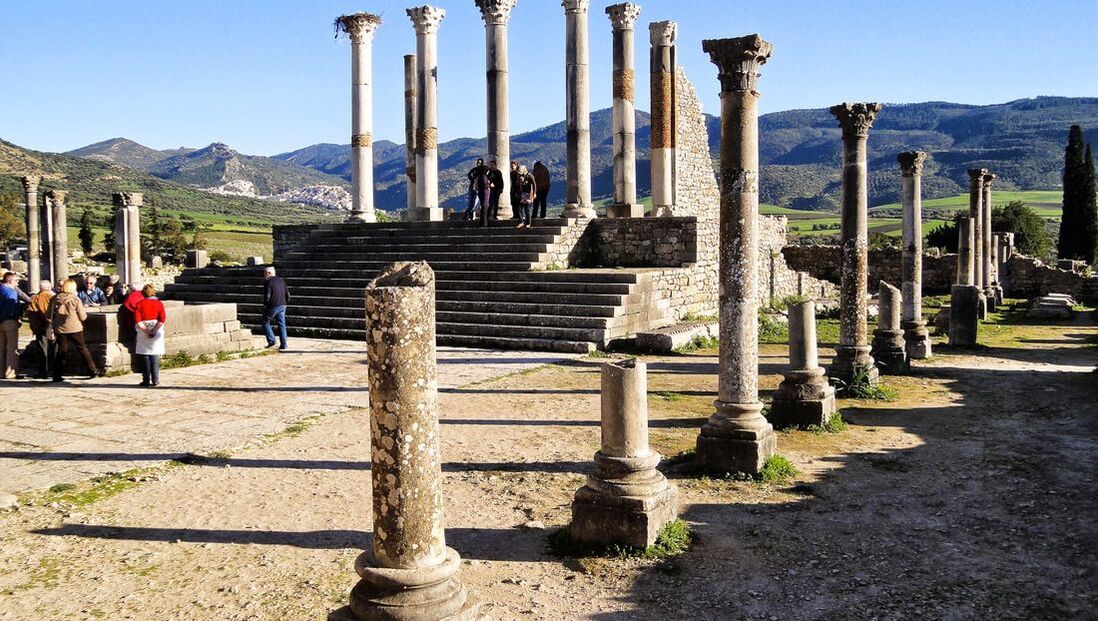

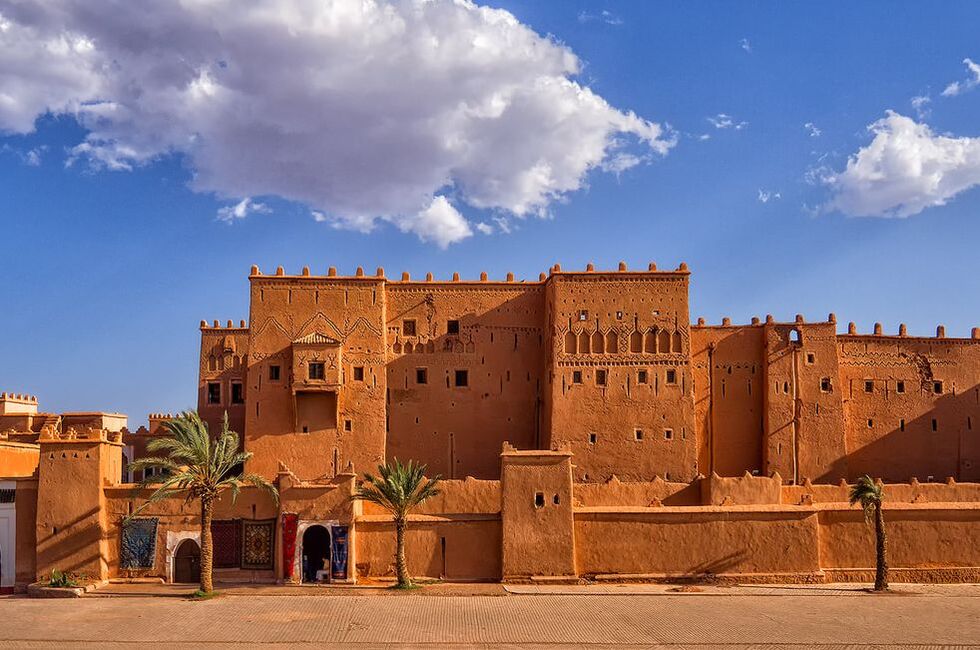
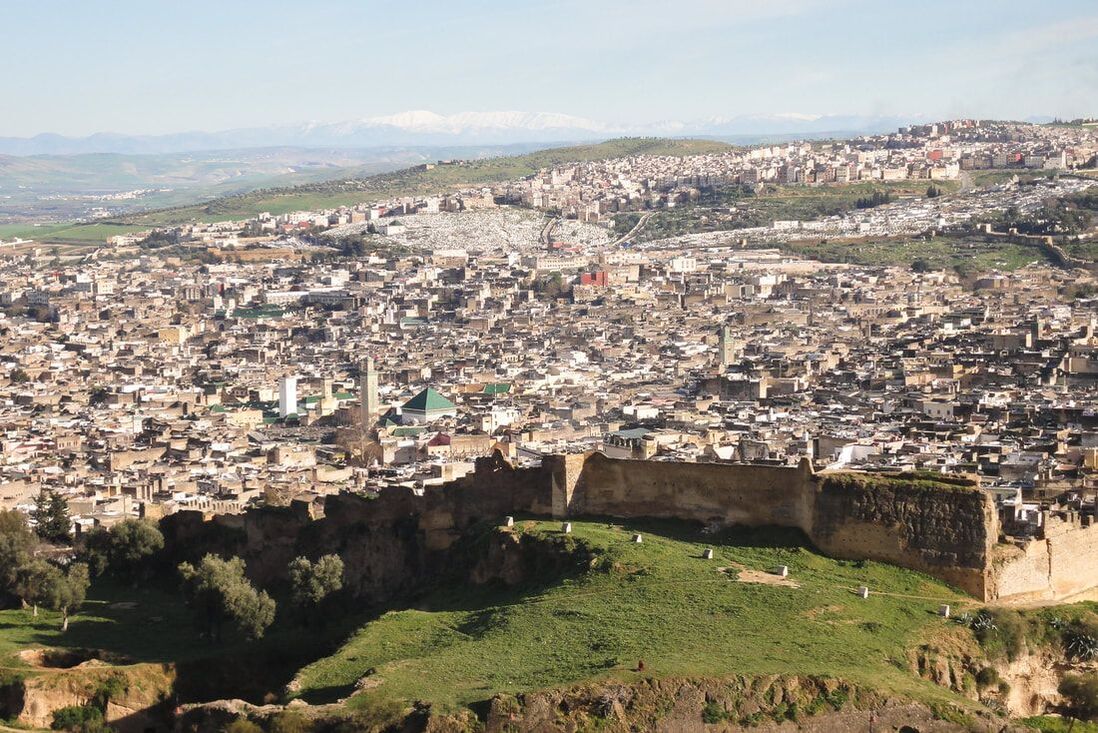

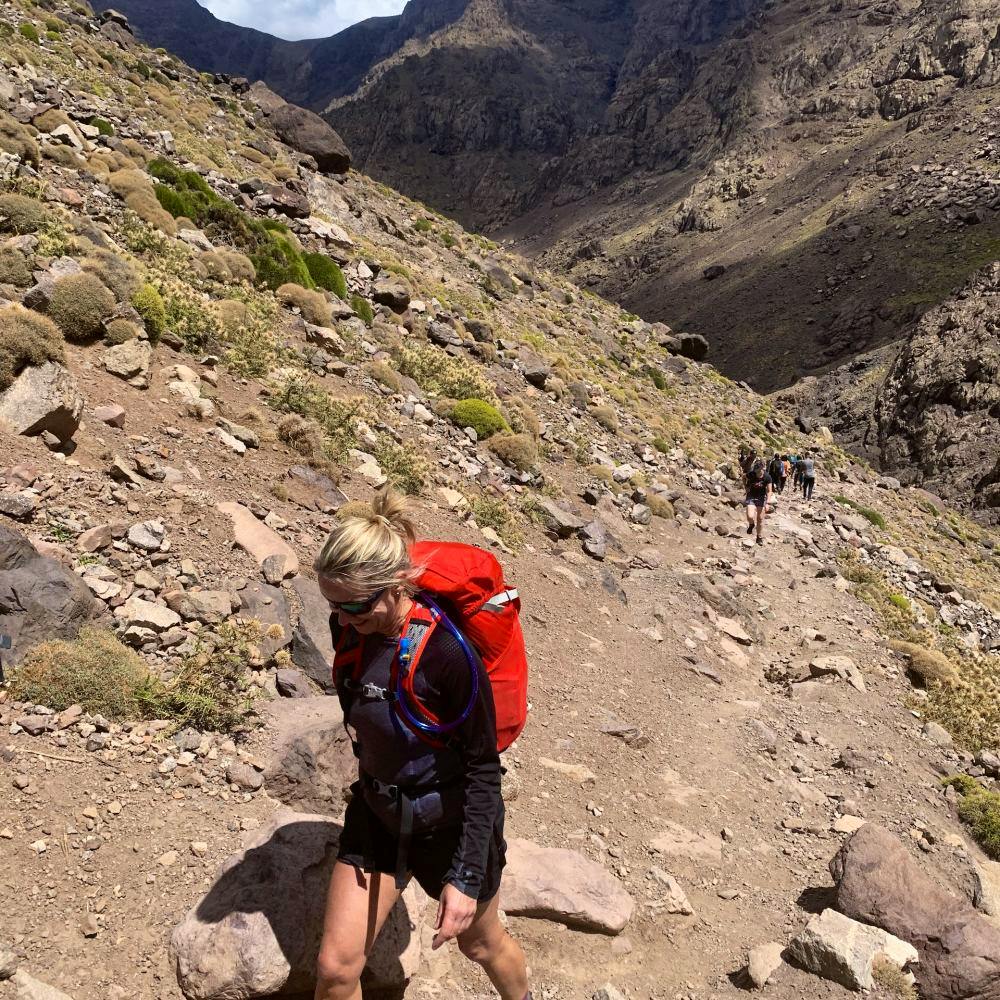
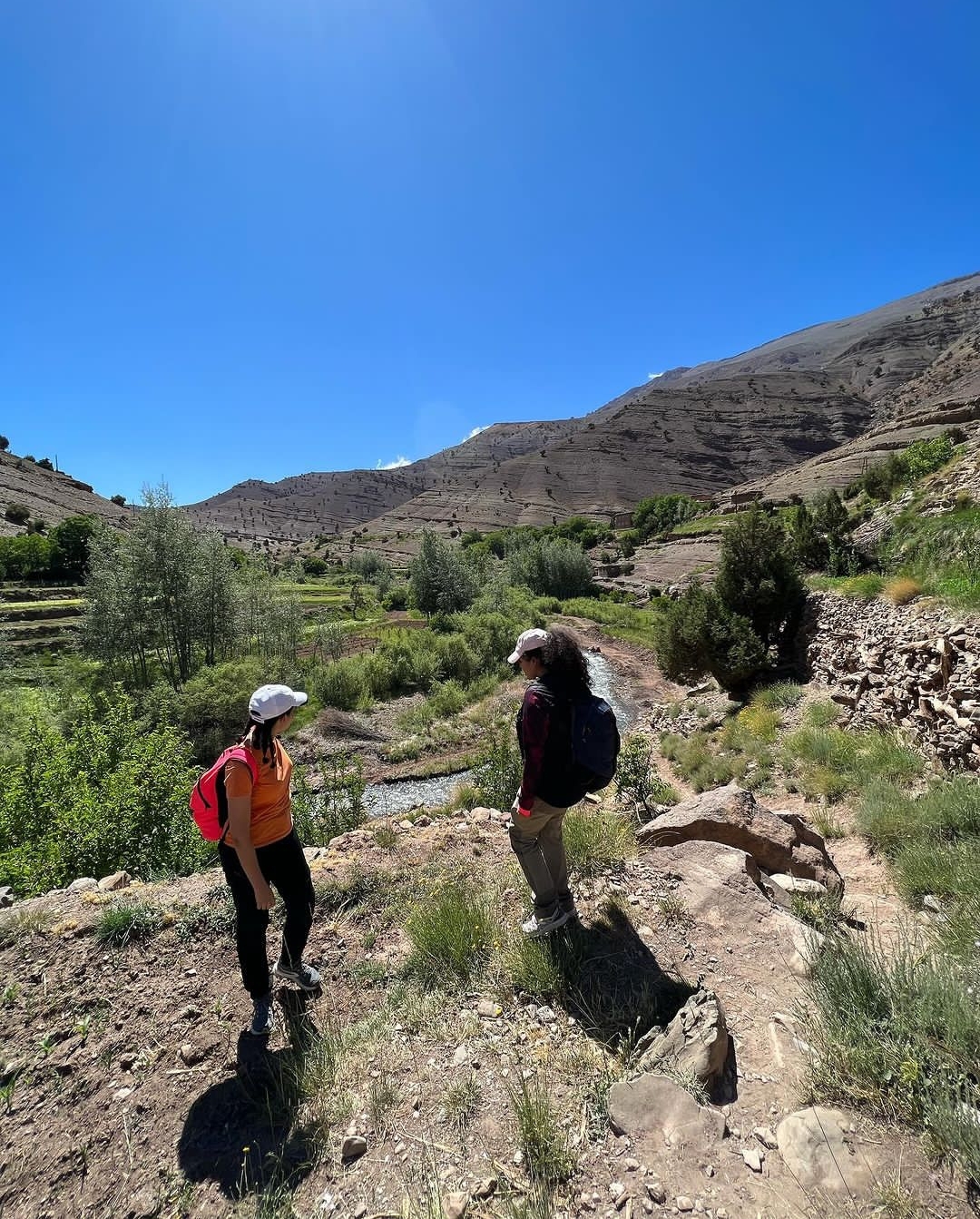
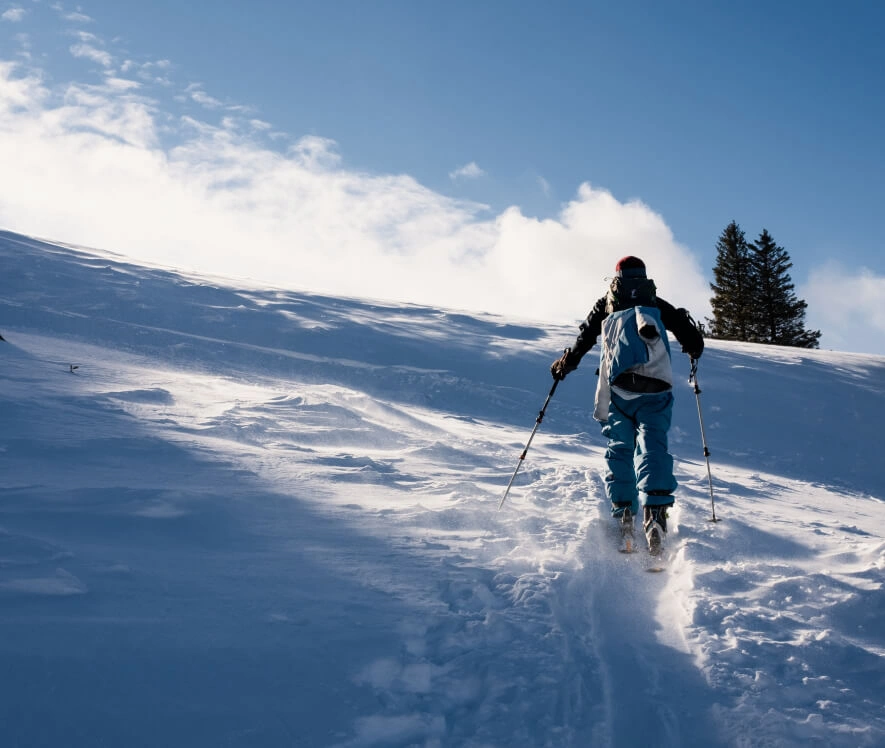
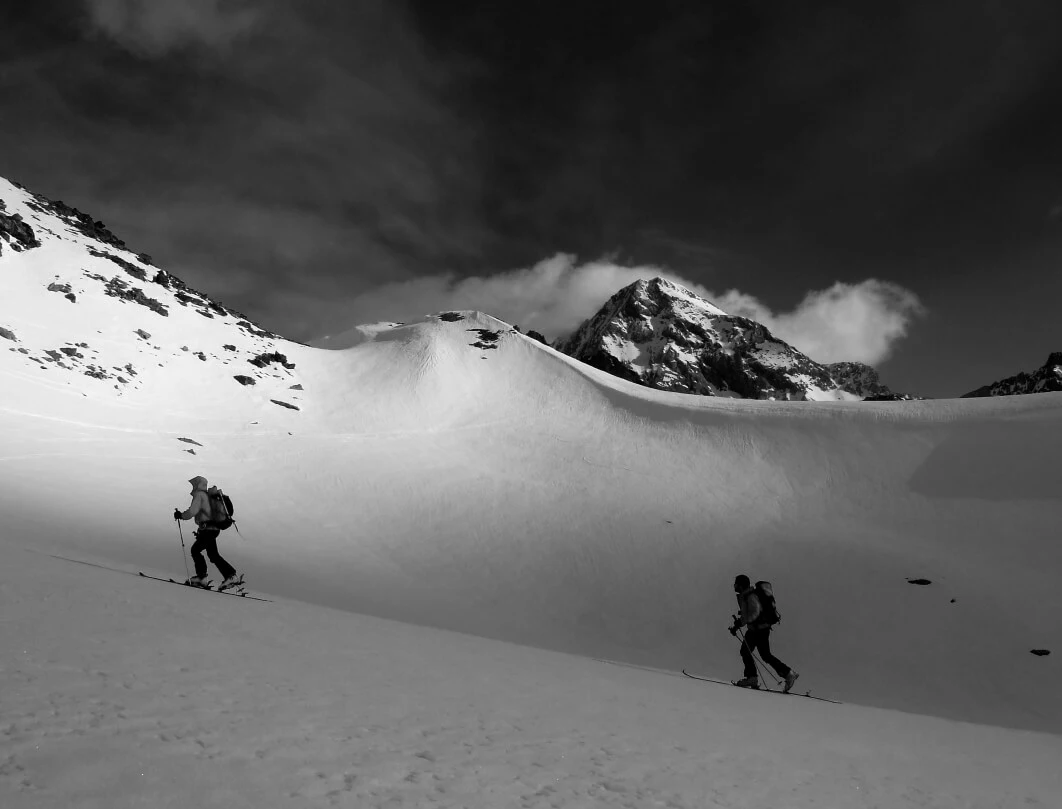
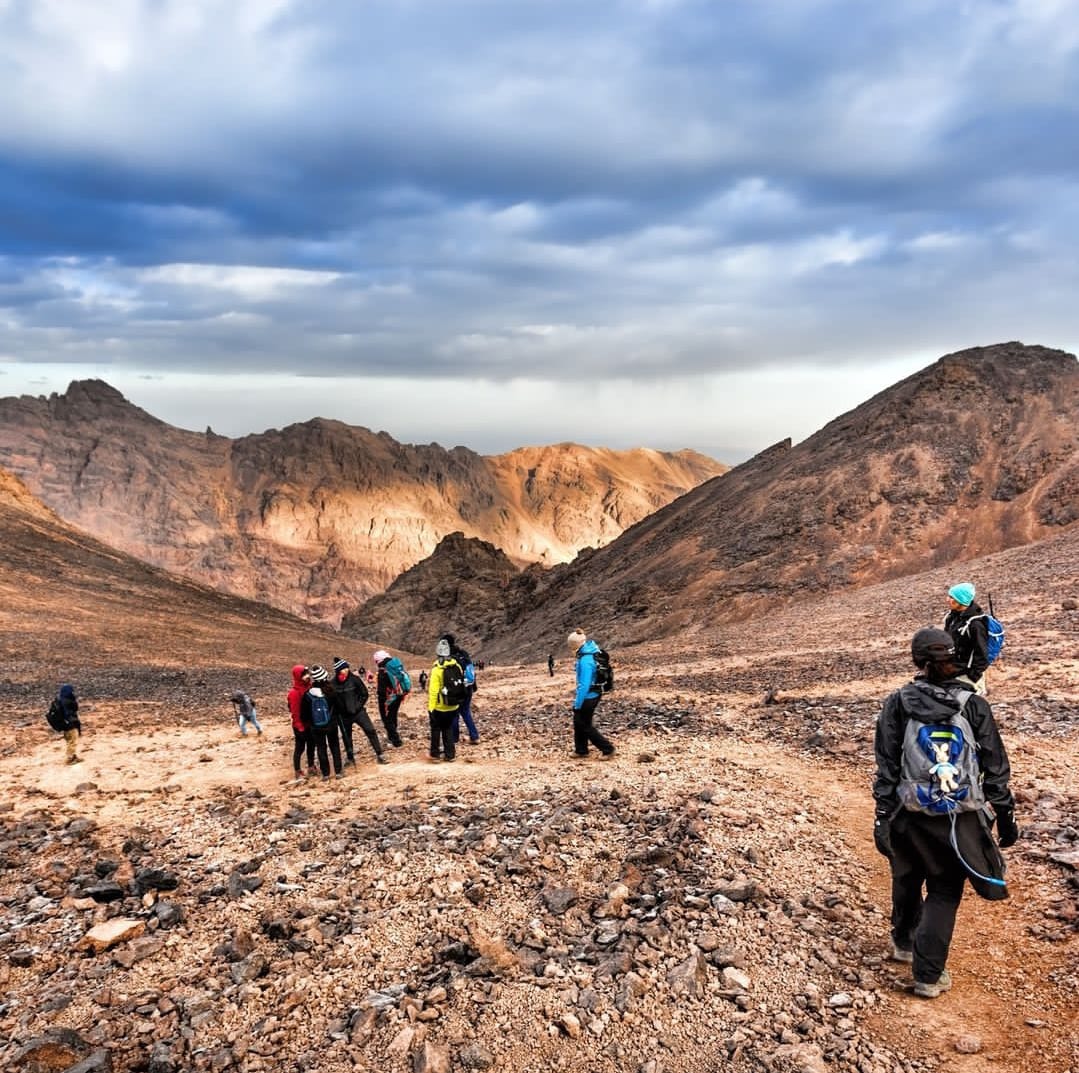

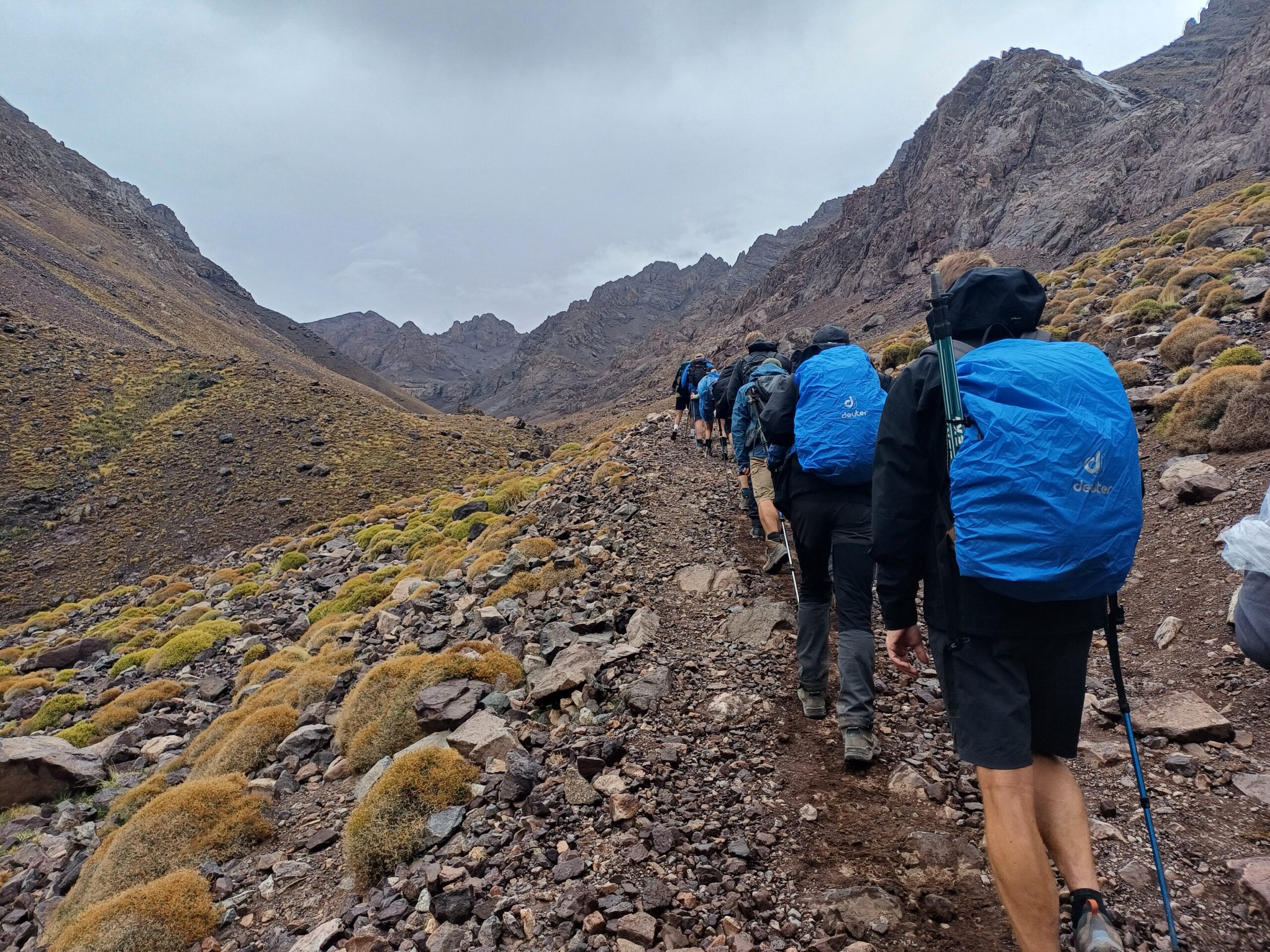
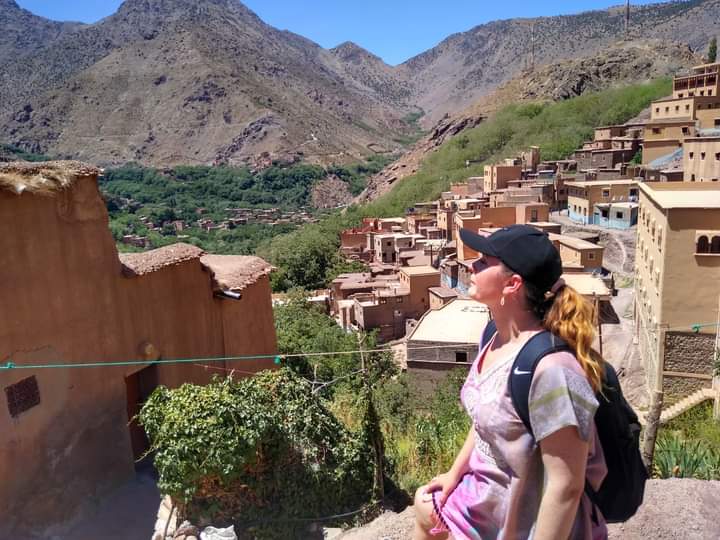
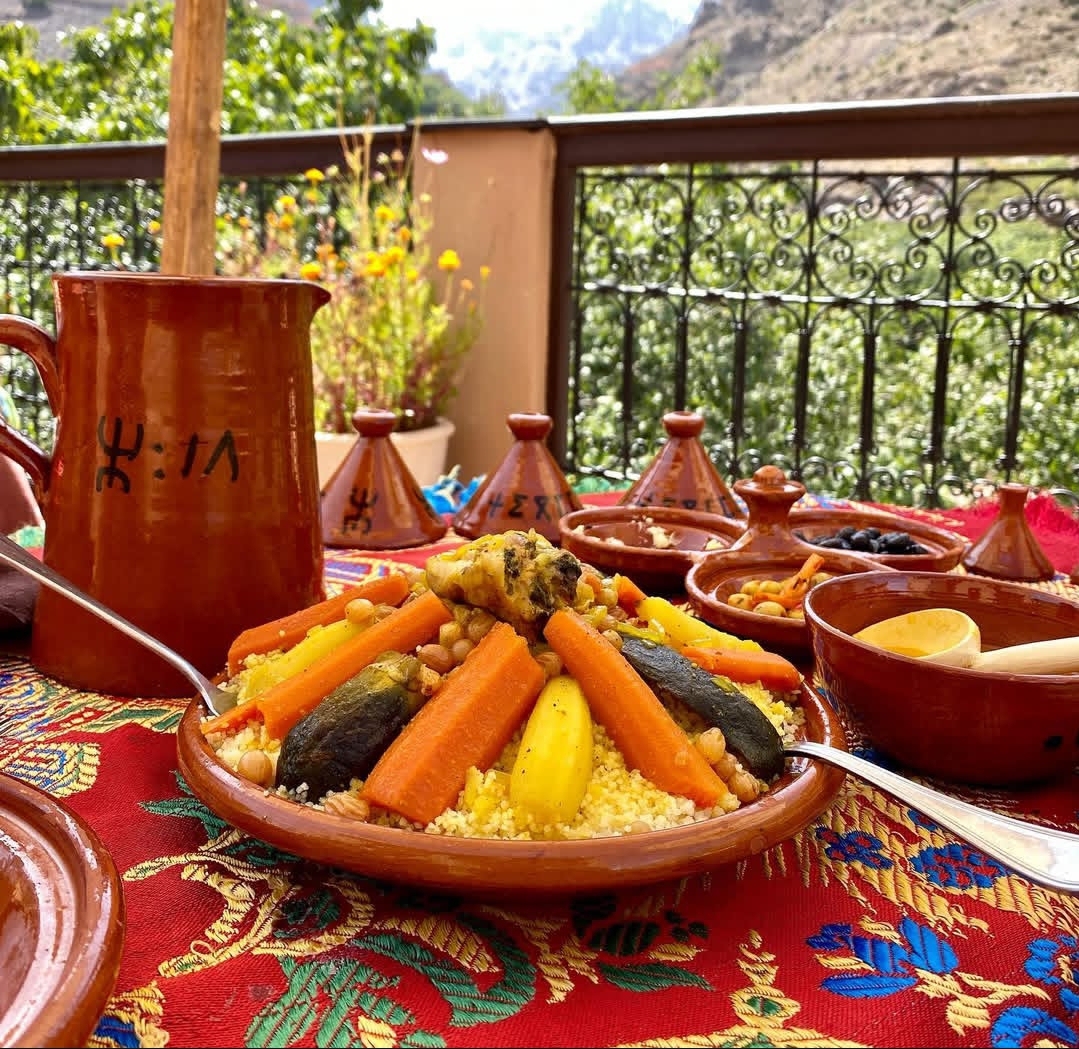




Leave a comment: